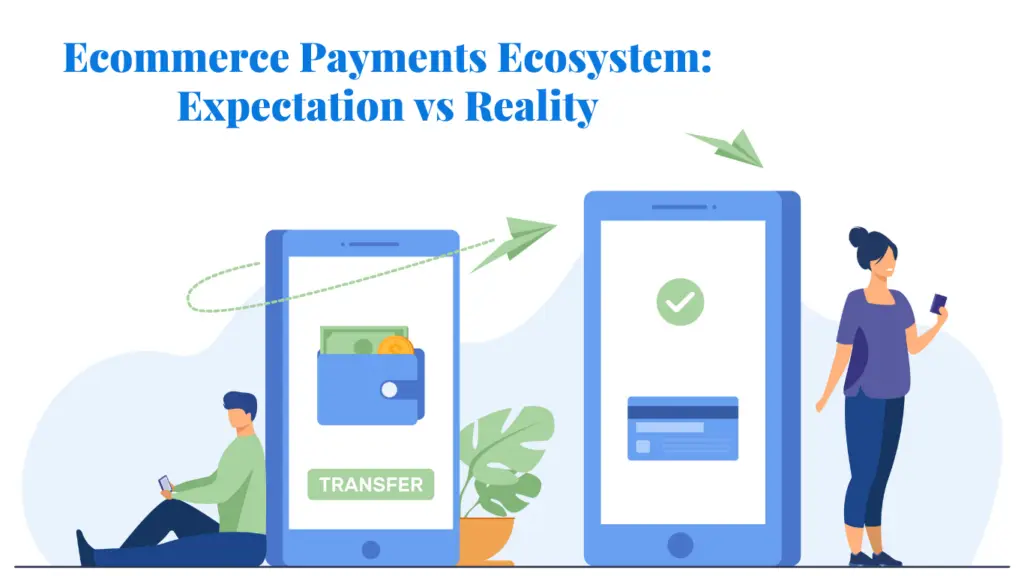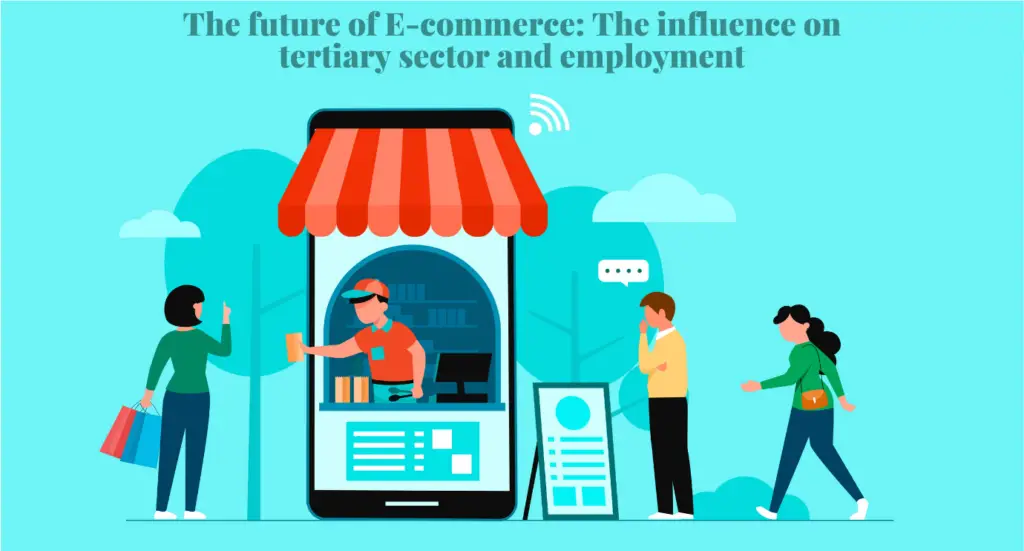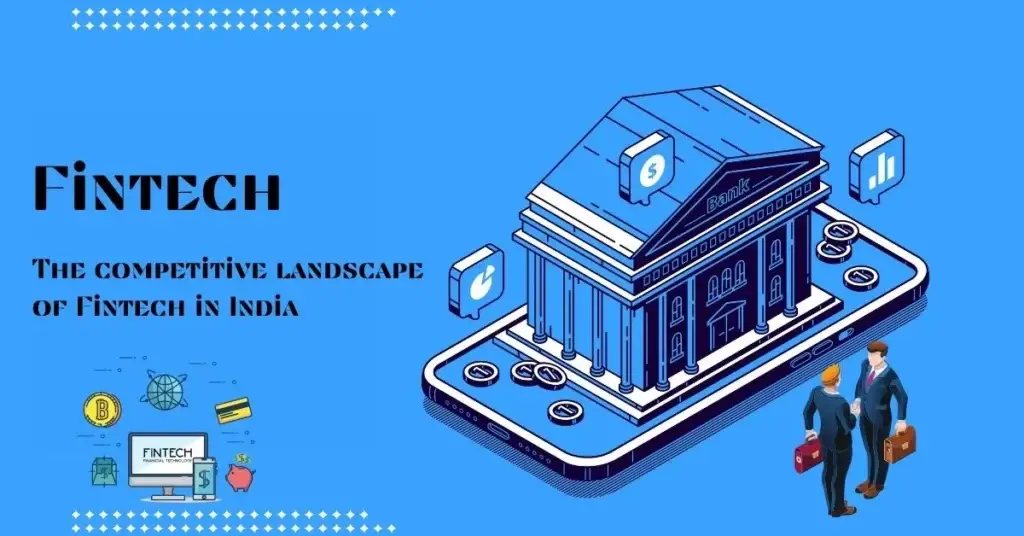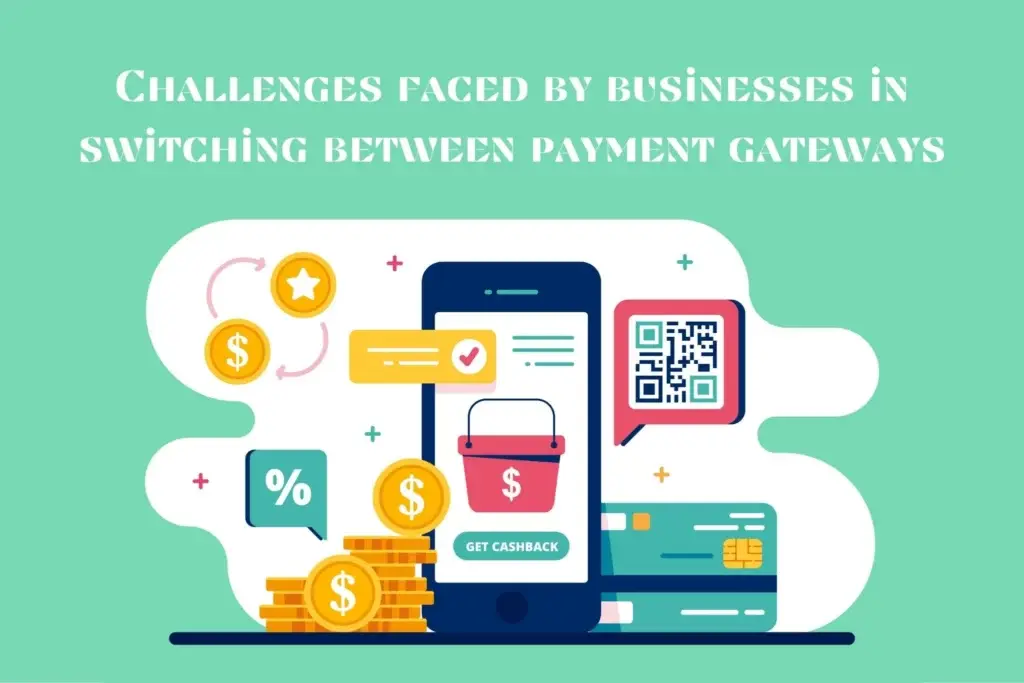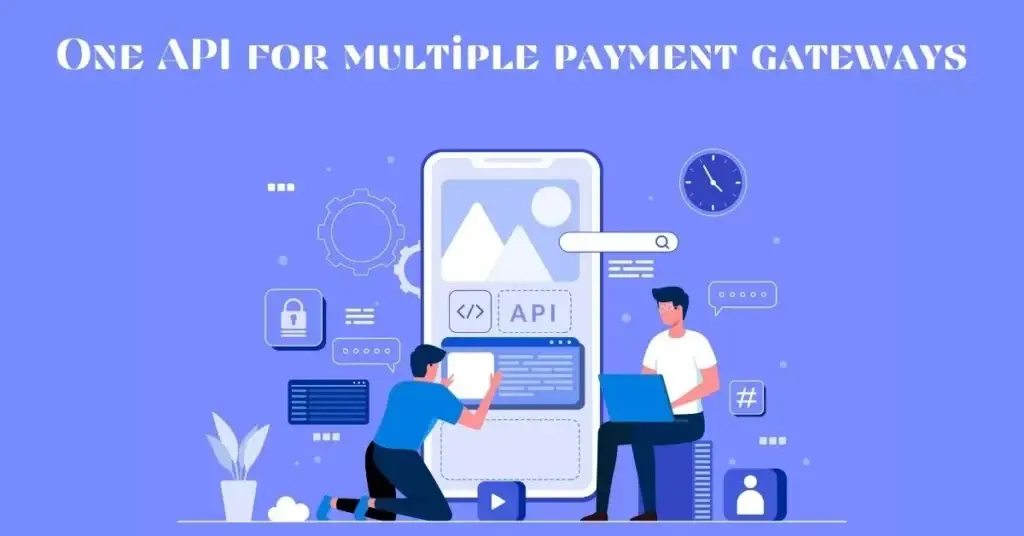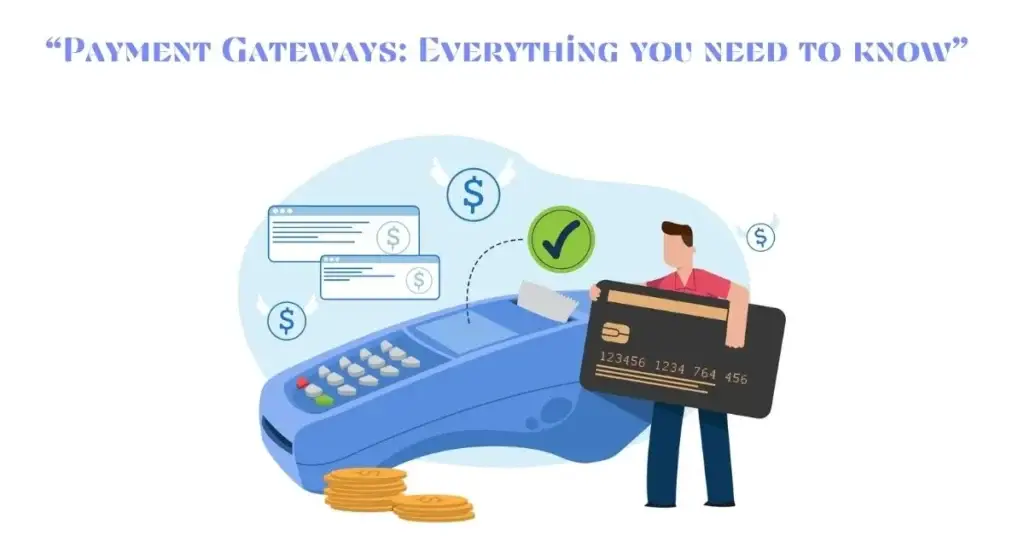We all know how E-commerce payments have taken the world by storm. With the onset of the pandemic, we have witnessed the emergence of several trends in the e-commerce industry. Do you know that every year, several e-commerce experts all over the world come up with their own expectations that they are going to witness in the Ecommerce payments ecosystem? Of course, the expectations don’t always match reality. A reason enough to share with you the expectations vs. reality with reference to the trends in the e-commerce industry.
If you are a business professional related to the e-commerce payments industry or simply anyone interested in this field, keep reading to find out what things are expected from this niche. See, to what extent, the “reality” is different from the “expectations” of the Ecommerce payments ecosystem. Gear up to come across a wide array of circumstances related to “expectations vs. reality” that may surprise you beyond belief, and pack your mind with required information.
The e-commerce payments ecosystem is a complex, dynamic landscape crucial to the success of online businesses. With the rapid growth of online shopping and digital transactions, the expectations from the e-commerce payment system are high. However, the reality often diverges from these expectations, bringing challenges and opportunities to the forefront. In this article, we explore the expectations versus reality of the e-commerce payments ecosystem, shedding light on the factors that shape it.
Expectation: Seamless Payment Experience
When we think of an ideal e-commerce payment system, the first expectation that comes to mind is a seamless payment experience. Consumers expect a quick, hassle-free checkout process that allows them to complete their purchases in just a few clicks, without any friction.
Reality: While many e-commerce platforms strive to offer a smooth payment experience, various factors can disrupt this ideal scenario. Issues such as payment gateway failures, slow loading times, or complex checkout processes often lead to high cart abandonment rates. According to research, around 70% of shopping carts are abandoned due to cumbersome checkout experiences or technical glitches.
Expectation: Wide Range of Payment Options
Another major expectation from the e-commerce payments ecosystem is the availability of a wide range of payment methods. Consumers today want the flexibility to pay using their preferred methods, whether it’s a credit card, debit card, digital wallet, bank transfer, or Buy Now, Pay Later (BNPL) options.
Reality: While most major e-commerce platforms provide multiple payment methods, smaller or newer players may face challenges integrating diverse options. In addition, some international payment methods may not be supported due to regional restrictions, compliance issues, or integration complexities. As a result, businesses often lose out on potential customers who cannot find their preferred payment method at checkout.
Expectation: Instant Payment Processing
In today’s fast-paced world, consumers expect their payments to be processed instantly. Whether it’s a direct bank transfer, UPI transaction, or digital wallet payment, customers anticipate quick confirmation of their transactions.
Reality: The reality is that not all payment processing systems are created equal. Delays in payment processing can occur due to network issues, payment gateway downtimes, or compliance checks. Such delays can lead to frustration among customers and may even result in lost sales. While solutions like real-time payment gateways and API-driven integrations are addressing these issues, the expectation of instant payments is still not fully met across the board.
Expectation: High Level of Security
Security is a top priority in the e-commerce payments ecosystem. Customers expect their sensitive information, such as credit card numbers and personal data, to be protected with the highest level of encryption and security protocols.
Reality: Despite advancements in payment security technologies, such as tokenization, 3D Secure, and fraud detection tools, e-commerce platforms still face significant challenges in safeguarding customer data. Cyberattacks, data breaches, and phishing scams are common, highlighting the ongoing need for robust security measures and continuous vigilance. Even with security in place, the perception of risk often affects customer trust, leading to hesitancy in completing transactions online.
Expectation: Low Transaction Fees
Merchants expect their payment gateways to charge low transaction fees to maximize profits, especially in an industry where margins can be thin. They anticipate affordable fees for processing various types of digital payments, such as credit cards, wallets, and net banking.
Reality: Transaction fees vary significantly across different payment gateways and service providers. Fees may include setup charges, per-transaction costs, monthly fees, and even currency conversion charges for cross-border payments. These can add up, affecting the merchant’s bottom line. While some providers offer lower fees, they may lack essential features or the level of support provided by more established players, requiring a trade-off between cost and functionality.
Expectation: Global Reach and Cross-Border Payment Capabilities
For e-commerce businesses looking to scale internationally, there is an expectation that payment systems should seamlessly handle cross-border transactions, supporting multiple currencies and languages.
Reality: While many e-commerce payment gateways offer global payment solutions, the reality of cross-border payments is often more complicated. Foreign exchange rates, currency conversion fees, and compliance with local regulations can make international payments challenging. Additionally, not all payment gateways provide a localized experience, which can lead to a poor customer experience in different markets.
Expectation: Smooth Integration with E-commerce Platforms
Merchants expect that integrating their e-commerce platforms with payment gateways and processors should be a straightforward and quick process. They anticipate that payment solutions will provide easy-to-use APIs, plug-ins, and developer support for a hassle-free setup.
Reality: While many payment gateways offer integration tools and support, the integration process can still be complex and time-consuming, especially for businesses with unique requirements or multiple platforms. Challenges such as compatibility issues, security compliance, and technical errors can create roadblocks, delaying the go-live process and affecting sales.
Expectation: Advanced Analytics and Insights
Merchants increasingly expect their payment systems to offer detailed analytics and insights into customer behavior, transaction patterns, and payment failures. These insights are crucial for improving the checkout process, reducing cart abandonment, and optimizing overall performance.
Reality: Not all payment systems provide comprehensive analytics features. While some advanced solutions offer detailed reporting and insights, many basic or low-cost options may lack this capability. Additionally, integrating these insights into broader business intelligence platforms can require additional time and resources.
Expectation: Flexibility and Customization
Merchants expect flexibility in customizing their payment systems to match their branding and user experience preferences. They anticipate features like customizable payment pages, dynamic currency conversion, and the ability to offer discounts or loyalty rewards at checkout.
Reality: While some payment gateways offer extensive customization options, many do not, particularly in the case of off-the-shelf or standardized solutions. Customizing payment solutions may require additional investment in development resources or subscribing to premium services, which could increase operational costs.
Expectation: Responsive Customer Support
In the event of payment failures or technical issues, both merchants and customers expect quick and effective customer support from their payment gateway providers. They anticipate 24/7 support through multiple channels, including phone, email, and live chat.
Reality: Many payment gateways provide robust customer support, but response times and service quality can vary widely. Some merchants may experience delays or find that support is only available during specific hours. Moreover, support services may incur additional costs depending on the level of service required.
Conclusion: Bridging the Gap Between Expectation and Reality
The e-commerce payments ecosystem is constantly evolving, driven by advancements in technology, changing consumer behavior, and regulatory developments. While there are gaps between expectations and reality, ongoing innovation in digital payment solutions is helping to narrow these differences.
Merchants need to carefully choose payment gateways that align with their business model and customer expectations. It is essential to evaluate factors such as transaction fees, integration capabilities, security features, and global reach when selecting a payment solution.
As the digital payment landscape continues to evolve, solutions like Payomatix are stepping in to bridge these gaps, providing merchants with a comprehensive and reliable platform that integrates with any payment gateway, bank, or acquiring solution. By embracing these innovations, merchants can create a more seamless and secure payment experience for their customers, enhancing trust and driving growth in the competitive world of e-commerce.
The global community of users has realised the great benefits offered by the Ecommerce Payments Ecosystem. How simple and hassle-free making payments in the online mode has become! The sector of online payments is going to witness further growth and development in this year and the next. As you can already gauge from the Expectations vs. reality trends in the e-commerce section, this realm will be witnessing great expansion in the coming days, and more so, once AR and AI is successfully incorporated into the niche of online payments by almost all the global brands. It will be exciting to see how things turn out for the ecommerce payments ecosystem, and how it reaches great milestones in the upcoming days. Gear up to come across the major breakthrough that the ecommerce payments ecosystem is going to witness.

